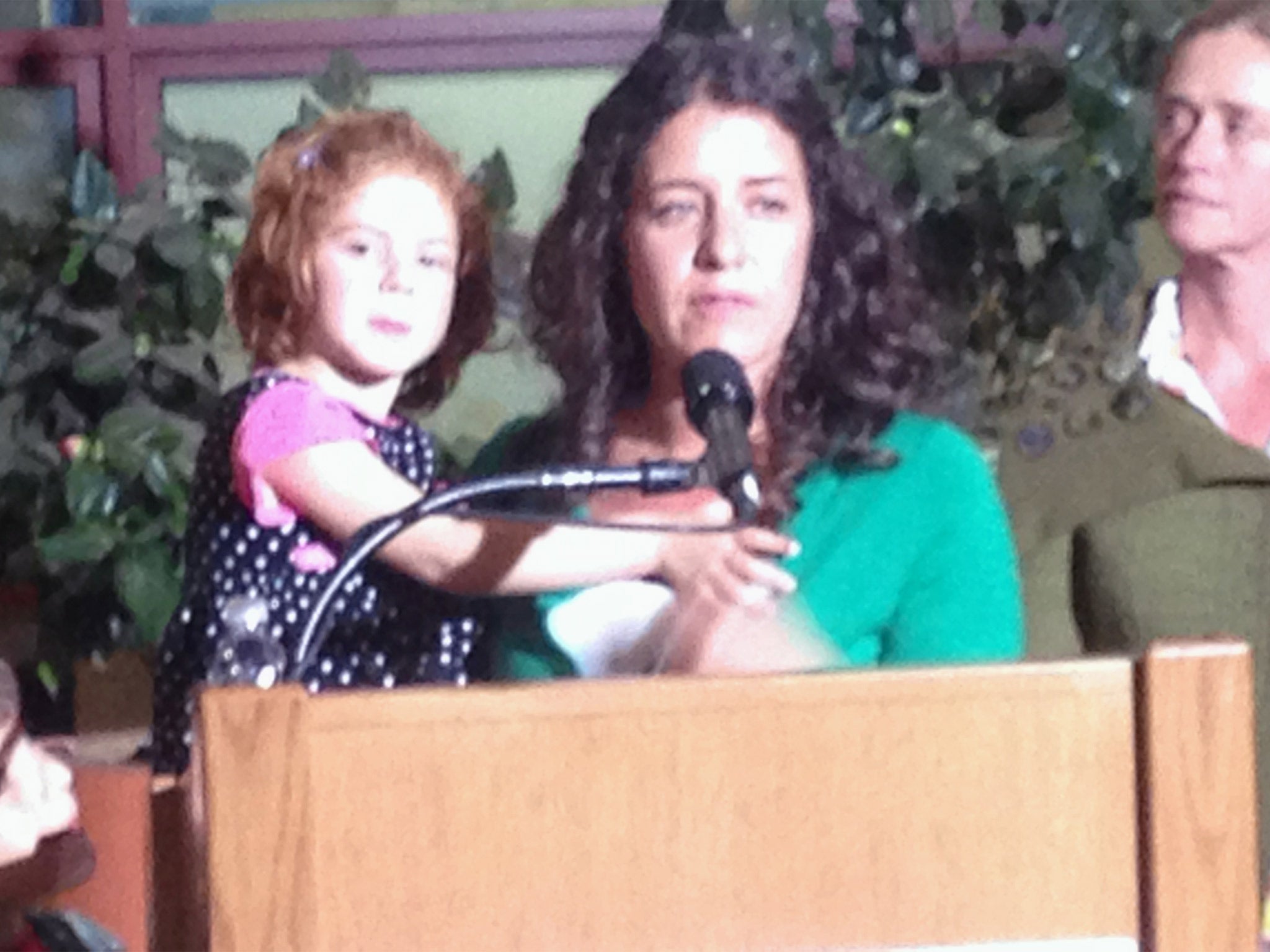Doctors fear return of ‘polio-like’ disease after 25 cases in California
Although one child afflicted by the symptoms is still in a serious condition, nobody is thought to have died from the disease

At least 20 people in California, most of them children, have been infected by a rare “polio-like” disease, which doctors have yet to identify conclusively. Some of the patients in question have developed long-term paralysis in their limbs as a result of the new infection, which attacks the nervous system.
In the past 18 months, there have been between 20 and 25 suspected cases of the condition, according to research conducted by Dr Keith Van Haren, a paediatric neurologist at Stanford University in California, and University of San Francisco neurologist Emmanuelle Waubant. One child afflicted by the symptoms is still in a serious condition, though nobody is thought to have died from the disease.
In a statement, Dr Van Haren said the pair’s research pointed to an “emerging infectious polio-like syndrome in California”. Polio has been eradicated in the US, but related strains of enterovirus have been blamed for illnesses among children in Asia and Australia in the past decade. The researchers made detailed analyses of five of the California cases, two of whom tested positive for enterovirus-68, a rare polio-related virus linked to respiratory illness.
In all five of the cases studied by Van Haren and Waubant, the children had previously been vaccinated against polio. Their symptoms ranged from a loss of movement in a single limb to severe weakness in all four limbs. In each case the paralysis had taken hold in less than two days; six months later, none of the children had recovered limb function. Scans taken for the study revealed white spots on the young patients’ spinal cords, signifying damage similar to that expected in polio sufferers.
The research is due to be presented to a meeting of the American Academy of Neurology in Philadelphia in April. California health investigators began tracking the spread of the infection in November 2012, when Sofia Jarvis, a two-year-old from Berkeley, suffered paralysis of her left arm after a respiratory illness. The condition’s onset was swift, said her mother Jessica Tomei: “She went to grab a toy, and mid-grasp, her arm stopped working.” Sofia, now four, still has no movement in her left arm.
Later, Dr Van Haren and other neurologists turned up two previous cases in the San Francisco area. Dr Carol Glaser, who is leading an investigation by the California Department of Public Health, said the emergence of the infection was “concerning”, especially as Sofia had not travelled.
In the year following Sofia’s case, Glaser and her team learned of more similar cases in children, whose median age was 12. The patients were spread over an area 100 miles in diameter. Given the spread of the cases, doctors do not believe they represent a single outbreak, nor do they anticipate an epidemic of the virus, which remains extremely rare. The federal Centres for Disease Control and Prevention is yet to discover reports of cases outside California.
The polio virus invades the nervous system, and is capable of causing paralysis and even death within hours. It is particularly dangerous in children, causing long-term paralysis in one out of every 200 cases. The disease was wiped out in most of the world following the development of a vaccine in the 1950s.
Subscribe to Independent Premium to bookmark this article
Want to bookmark your favourite articles and stories to read or reference later? Start your Independent Premium subscription today.

Join our commenting forum
Join thought-provoking conversations, follow other Independent readers and see their replies